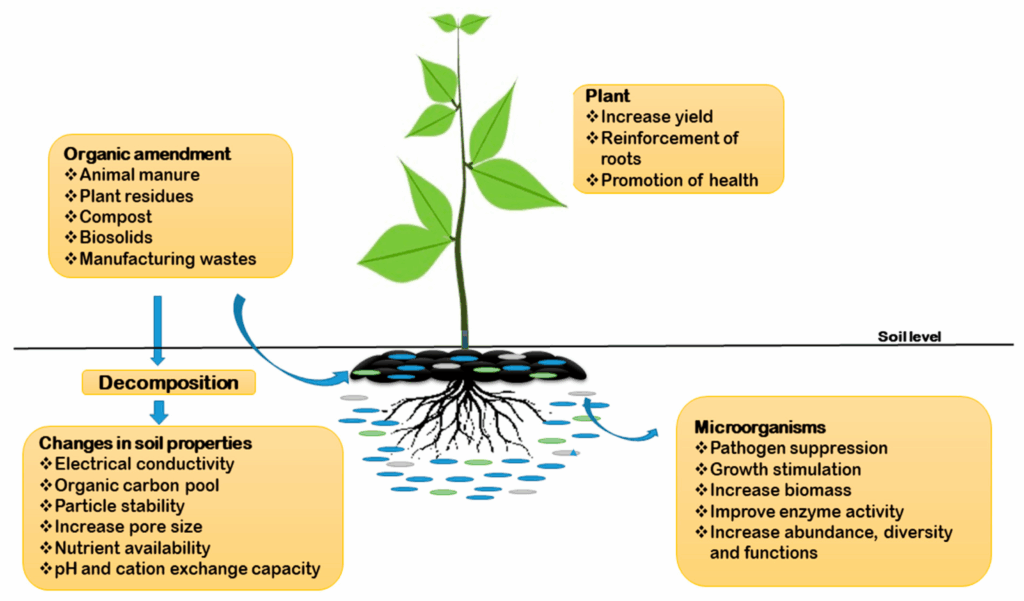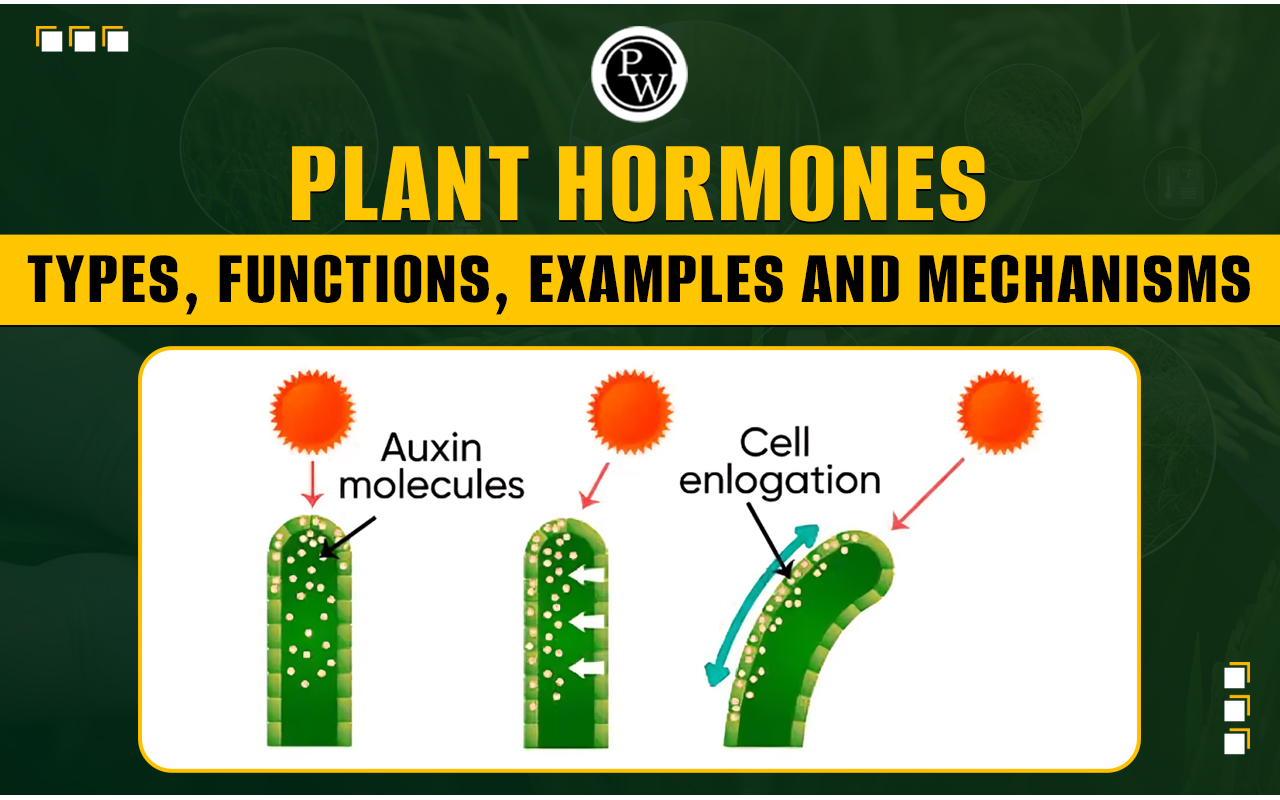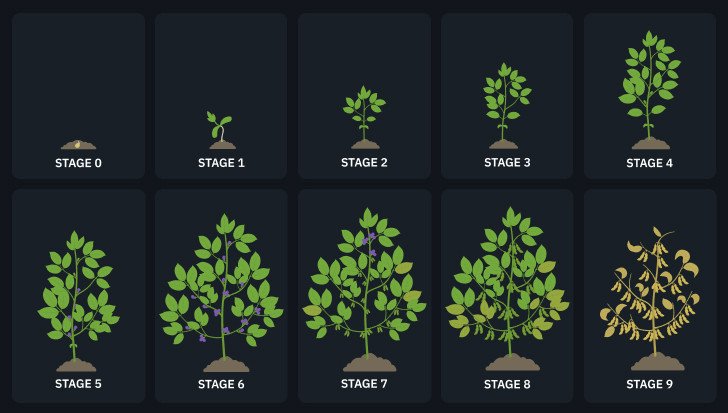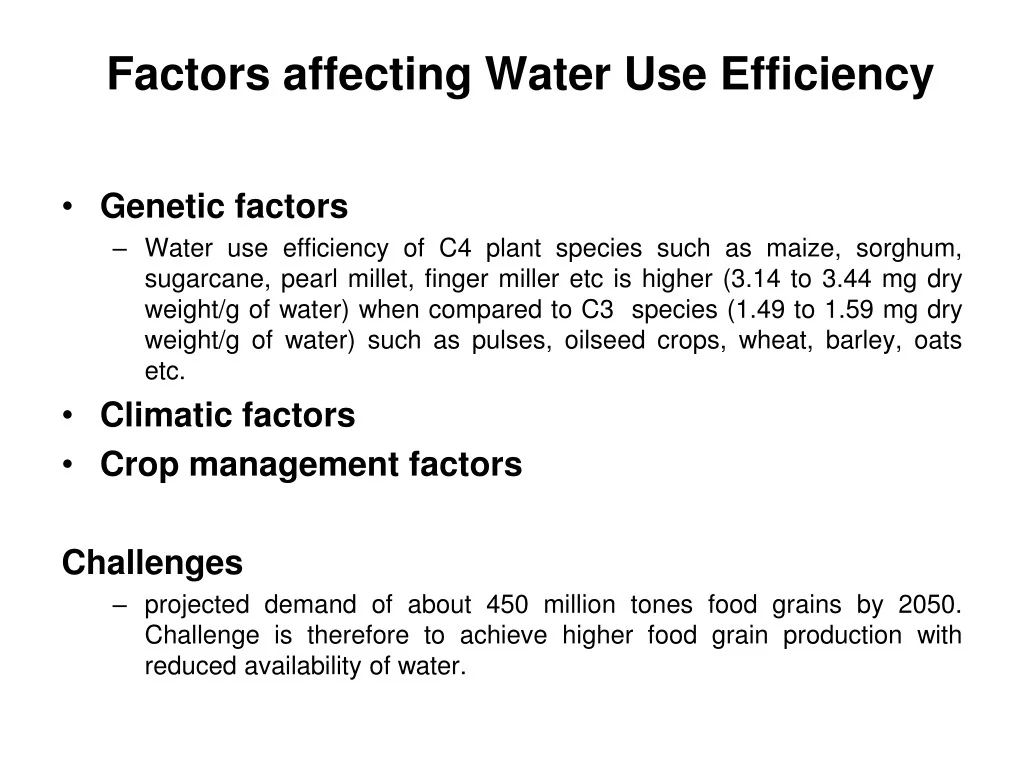
Introduction: The Unsung Heroes of the Green World
We often marvel at the sheer beauty and diversity of the plant kingdom, from the towering redwoods to the delicate orchids. But beyond their aesthetic appeal lies a remarkable ability to survive and thrive in the face of adversity. This inherent ability, known as plant resilience, is the focus of this exploration. Understanding the factors that contribute to plant resilience is not just an academic exercise; it’s crucial for ensuring food security, preserving biodiversity, and mitigating the impacts of climate change.
Imagine a world where crops consistently fail due to unpredictable weather patterns, where forests succumb to disease, and where natural ecosystems collapse under the weight of pollution. This isn’t a dystopian fantasy; it’s a potential future we must actively avoid. By understanding and harnessing the power of plant resilience, we can build a more sustainable and resilient future for all.
This article will delve into the multifaceted nature of plant resilience, exploring the various factors that enable plants to withstand stress, adapt to changing environments, and ultimately, flourish against the odds. We’ll examine the genetic, physiological, and environmental aspects that contribute to this remarkable phenomenon, providing insights into how we can leverage this knowledge to create a more resilient and sustainable world.
What is Plant Resilience? Defining the Core Concept
Plant resilience, at its core, refers to the ability of a plant to withstand and recover from various stresses, whether biotic (living organisms) or abiotic (non-living factors). It’s not simply about survival; it’s about maintaining functionality and productivity in the face of adversity. A resilient plant can continue to grow, reproduce, and contribute to its ecosystem despite experiencing stress.
Think of it like a boxer in a ring. They’re going to take some hits, but resilience is what allows them to absorb those blows, recover, and keep fighting. For plants, these ‘hits’ can come in many forms, including drought, extreme temperatures, pests, diseases, nutrient deficiencies, and pollution.
The concept of resilience goes beyond mere tolerance. Tolerance implies that a plant can endure stress without significant impact on its performance. Resilience, on the other hand, involves a more dynamic response. It includes the ability to sense the stress, activate defense mechanisms, repair damage, and adapt to future challenges. It’s a continuous process of learning and adapting, allowing the plant to not only survive but also thrive in a constantly changing environment.
Genetic Factors: The Blueprint of Resilience
A plant’s genetic makeup is the foundation upon which its resilience is built. Genes determine a plant’s ability to synthesize protective compounds, regulate water use, and repair cellular damage. Understanding these genetic factors is key to unlocking the full potential of plant resilience.
Key Genes and Their Roles: A Closer Look
Several genes play crucial roles in plant resilience, including:
- Stress-related genes: These genes are activated in response to stress signals, triggering the production of protective proteins and enzymes. For example, heat shock proteins (HSPs) help to stabilize proteins and prevent them from unfolding under high temperatures.
- Antioxidant genes: These genes encode enzymes that scavenge harmful free radicals produced during stress. Free radicals can damage cellular components, so antioxidants are essential for protecting plants from oxidative stress. Examples include superoxide dismutase (SOD) and catalase (CAT).
- Water regulation genes: These genes control the opening and closing of stomata, the tiny pores on leaves that regulate water loss. They also influence the development of root systems, which are crucial for water uptake. Examples include genes involved in abscisic acid (ABA) signaling, a hormone that regulates stomatal closure during drought.
- Disease resistance genes: These genes enable plants to recognize and defend against pathogens. They can trigger a variety of defense responses, including the production of antimicrobial compounds and the activation of programmed cell death in infected tissues.
The Power of Genetic Diversity: A Safety Net for the Future
Genetic diversity is essential for plant resilience. A diverse population of plants is more likely to contain individuals with the genetic traits needed to withstand specific stresses. This is because different plants within a population may have different versions of the same genes, each with slightly different functions. For example, some plants may have genes that make them more drought-tolerant, while others may have genes that make them more resistant to disease.
Unfortunately, modern agriculture has often led to a reduction in genetic diversity, as farmers tend to cultivate a small number of high-yielding varieties. This can make crops more vulnerable to pests, diseases, and climate change. Conserving and promoting genetic diversity is crucial for ensuring the long-term resilience of our food systems.
Gene banks play a vital role in preserving genetic diversity. These facilities store seeds and other plant material from a wide range of species and varieties. This material can be used to breed new varieties that are more resilient to stress. Furthermore, promoting the cultivation of traditional and local varieties can help to maintain genetic diversity in agricultural landscapes. These varieties, often referred to as landraces, have evolved over centuries to adapt to local conditions and may possess unique traits that are valuable for resilience.
Physiological Adaptations: How Plants Cope with Stress
Beyond genetics, plants employ a variety of physiological mechanisms to cope with stress. These adaptations allow them to regulate their internal environment, protect themselves from damage, and continue to function even under challenging conditions.
Water Management: Strategies for Surviving Drought
Water is essential for plant life, and drought is a major threat to plant survival. Plants have evolved a variety of strategies to conserve water and tolerate drought conditions. These include:
- Stomatal closure: Closing stomata reduces water loss through transpiration. However, it also limits carbon dioxide uptake, which is needed for photosynthesis. Plants must carefully balance water conservation with carbon dioxide uptake to maintain growth.
- Deep root systems: Developing deep root systems allows plants to access water deeper in the soil profile. This is particularly important in arid regions where surface water is scarce.
- Water storage tissues: Some plants, such as succulents, have specialized tissues that store water. These tissues can provide a buffer against drought, allowing the plant to survive for extended periods without rainfall.
- Leaf modifications: Reducing leaf surface area, developing thick cuticles, and having hairy leaves can all help to reduce water loss.
Temperature Regulation: Adapting to Heat and Cold
Extreme temperatures can damage plant tissues and disrupt physiological processes. Plants have evolved various mechanisms to regulate their temperature and tolerate heat and cold stress. These include:
- Transpiration: Evaporating water from leaves helps to cool the plant. However, this can be a costly strategy in terms of water loss.
- Heat shock proteins (HSPs): As mentioned earlier, HSPs help to stabilize proteins and prevent them from unfolding under high temperatures.
- Acclimation: Plants can gradually acclimate to cold temperatures by increasing their tolerance to freezing. This involves changes in cell membrane composition and the accumulation of cryoprotective compounds.
- Dormancy: Entering dormancy allows plants to survive harsh winters by suspending growth and reducing metabolic activity.
Nutrient Acquisition: Thriving in Poor Soils
Nutrient deficiencies can limit plant growth and reduce resilience. Plants have evolved various strategies to acquire nutrients from poor soils. These include:
- Mycorrhizal associations: Forming symbiotic relationships with mycorrhizal fungi allows plants to access nutrients that are otherwise unavailable. The fungi extend the plant’s root system and help to absorb phosphorus and other nutrients from the soil.
- Root exudates: Plants release organic acids and other compounds from their roots that can help to solubilize nutrients in the soil.
- Nitrogen fixation: Some plants, such as legumes, form symbiotic relationships with nitrogen-fixing bacteria. These bacteria convert atmospheric nitrogen into ammonia, which the plant can use as a source of nitrogen.
Environmental Factors: The Context of Resilience
Plant resilience is not solely determined by genetic and physiological factors. The environment in which a plant grows also plays a crucial role. Soil health, climate, and the presence of other organisms can all influence a plant’s ability to withstand stress.
Soil Health: The Foundation of Plant Resilience
Healthy soil is essential for plant growth and resilience. Soil provides plants with water, nutrients, and physical support. It also harbors a diverse community of microorganisms that can benefit plants.
Key aspects of soil health include:
- Soil structure: Good soil structure allows for adequate drainage and aeration. This is important for root growth and nutrient uptake.
- Organic matter: Organic matter improves soil structure, water-holding capacity, and nutrient availability. It also provides food for beneficial microorganisms.
- Nutrient content: Soil should contain adequate levels of essential nutrients, such as nitrogen, phosphorus, and potassium.
- Microbial community: A diverse and thriving microbial community can help to protect plants from disease and improve nutrient uptake.
Practices that promote soil health include:
- Cover cropping: Planting cover crops between cash crops can help to improve soil structure, reduce erosion, and increase organic matter.
- No-till farming: Avoiding tillage can help to preserve soil structure and reduce erosion.
- Composting: Adding compost to the soil can improve its nutrient content and microbial community.
- Crop rotation: Rotating crops can help to break pest and disease cycles and improve soil health.
Climate Change: A Major Threat to Plant Resilience
Climate change is one of the biggest challenges facing plant resilience today. Rising temperatures, changing precipitation patterns, and increased frequency of extreme weather events are all putting stress on plants.
To adapt to climate change, plants will need to be more resilient to drought, heat, and other stresses. This will require a combination of genetic improvement, physiological adaptation, and sustainable management practices.
Strategies for enhancing plant resilience in the face of climate change include:
- Breeding for climate resilience: Developing new varieties that are more tolerant to drought, heat, and other stresses.
- Conserving genetic diversity: Maintaining a diverse pool of genetic resources to allow for adaptation to changing conditions.
- Improving soil health: Healthy soil can help plants to withstand drought and other stresses.
- Water management: Implementing efficient irrigation practices to conserve water.
- Agroforestry: Integrating trees into agricultural systems can help to improve soil health, provide shade, and reduce water loss.
Biotic Interactions: The Role of Other Organisms
Plants interact with a wide range of other organisms, including beneficial microbes, pests, and pathogens. These interactions can have a significant impact on plant resilience.
Beneficial microbes, such as mycorrhizal fungi and nitrogen-fixing bacteria, can enhance plant growth and resilience. Pests and pathogens, on the other hand, can cause damage and reduce plant productivity.
Managing biotic interactions is crucial for promoting plant resilience. This can involve:
- Promoting beneficial microbes: Using practices that encourage the growth of beneficial microbes, such as adding compost to the soil.
- Controlling pests and pathogens: Using integrated pest management (IPM) strategies to minimize the use of pesticides and other harmful chemicals.
- Selecting resistant varieties: Choosing plant varieties that are resistant to common pests and diseases.
- Promoting biodiversity: A diverse ecosystem is more resilient to pests and diseases.
Practical Applications: Enhancing Plant Resilience in Agriculture and Conservation
Understanding plant resilience factors has significant practical implications for agriculture and conservation. By applying this knowledge, we can develop more sustainable and resilient food systems and protect biodiversity.
Resilient Agriculture: Building a Sustainable Food System
Resilient agriculture aims to create food systems that are more resistant to shocks and stresses, such as climate change, pests, and diseases. This involves a variety of strategies, including:
- Diversification: Growing a diverse range of crops can help to reduce the risk of crop failure.
- Agroecology: Using ecological principles to design and manage agricultural systems.
- Conservation agriculture: Implementing practices that conserve soil and water.
- Participatory breeding: Involving farmers in the breeding process to develop varieties that are adapted to local conditions.
By adopting these practices, farmers can build more resilient and sustainable food systems that are better able to withstand the challenges of the 21st century.
Conservation Strategies: Protecting Biodiversity
Plant resilience is also crucial for conservation. Protecting biodiversity requires maintaining healthy and resilient ecosystems that can withstand environmental changes.
Conservation strategies that promote plant resilience include:
- Habitat restoration: Restoring degraded habitats can help to increase plant diversity and resilience.
- Invasive species control: Controlling invasive species can help to protect native plants.
- Climate change mitigation: Reducing greenhouse gas emissions can help to slow down climate change and reduce the stress on plants.
- Protected areas: Establishing protected areas can help to conserve plant diversity and resilience.
By implementing these strategies, we can protect biodiversity and ensure the long-term health of our ecosystems.
The Future of Plant Resilience: Research and Innovation
The field of plant resilience is constantly evolving, with new research and innovations emerging all the time. Some of the most promising areas of research include:
- Genomics: Using genomics to identify genes that contribute to plant resilience.
- Metabolomics: Studying the metabolic pathways that are involved in stress responses.
- Systems biology: Developing models that can predict how plants will respond to stress.
- Synthetic biology: Engineering plants to be more resilient to stress.
These advances in research and technology hold the potential to revolutionize our understanding of plant resilience and develop new strategies for enhancing it.
Conclusion: Embracing Resilience for a Sustainable Future
Plant resilience is a complex and multifaceted phenomenon that is essential for ensuring food security, preserving biodiversity, and mitigating the impacts of climate change. By understanding the genetic, physiological, and environmental factors that contribute to plant resilience, we can develop more sustainable and resilient agricultural systems and protect our natural ecosystems.
The challenges facing our planet are immense, but by embracing resilience, we can build a more sustainable and equitable future for all. Let us continue to invest in research, innovation, and sustainable practices that promote plant resilience and ensure the long-term health of our planet.
The journey towards understanding and harnessing plant resilience is an ongoing one. It requires collaboration between scientists, farmers, policymakers, and the public. By working together, we can unlock the full potential of plant resilience and create a world where plants not only survive but thrive, contributing to a healthier and more sustainable future for generations to come.
In essence, plant resilience is not just about plants; it’s about our future. It’s about ensuring that we have the resources and the knowledge to adapt to a changing world and build a more resilient and sustainable society.



